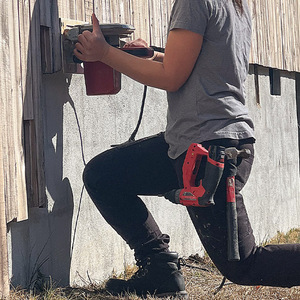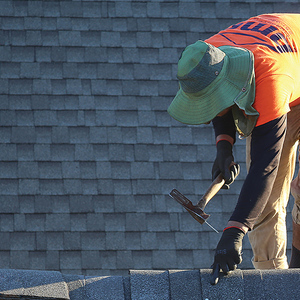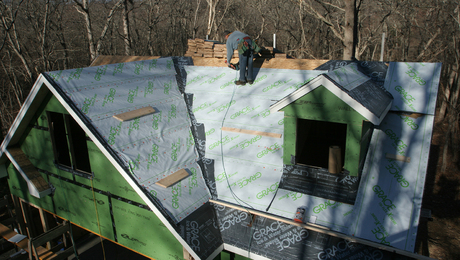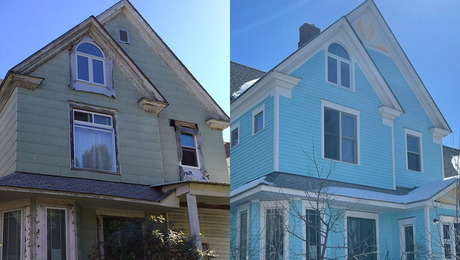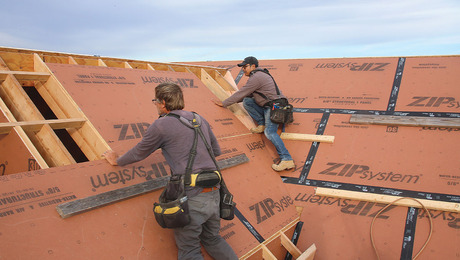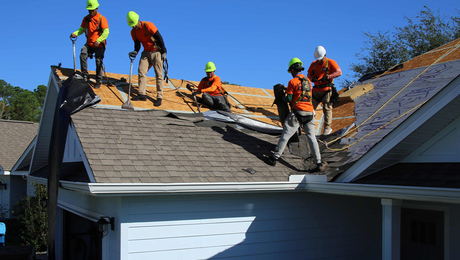Working Safely on the Roof
Complying with new OSHA fall-protection regulations takes more than the correct safety gear, it takes a commitment to using the gear correctly.
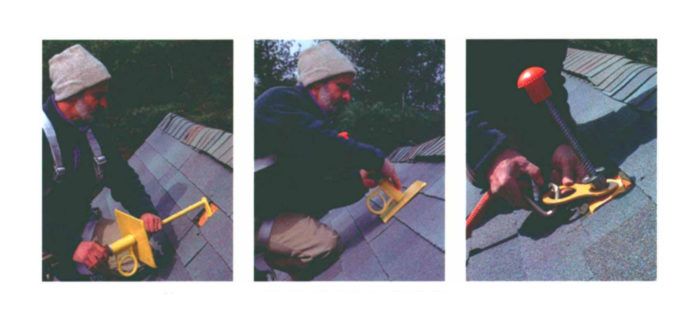
Synopsis: Many carpenters and homeowners are injured in falls. This article describes safety anchors and harnesses that can prevent a fall from the roof. The equipment also will help builders meet federal regulations for job-site safety.
On his way to a job one morning, a friend of mine stopped to watch a roofing crew climb a single ladder onto a 12-in-12 pitch, two-story roof. There were no scaffolds or roof jacks anywhere in sight. What caught his eye were the two uncovered foam-rubber sofa cushions each roofer carried with him onto the roof. What were the battered cushions for, he wondered? The answer came as he watched each roofer kneel on a cushion and get to work, leapfrogging from cushion to cushion as he shingled upward.
I’ve worked as a general contractor for nearly 15 years. And I’ve seen my share of poor safety practices and been guilty of a few myself. Although examples this extreme are rare, there’s still plenty of unsafe building to go around. In 1991, for instance, 115,000 construction workers were injured and 158 died as a result of falls.
Although we use standard fall-protection measures such as scaffolds, guardrails on pump jacks and temporary plywood covers over stair and chimney openings in floors, I recently began investing in personal fall-protection equipment for myself and my employees. Before I wrote this article, I experimented with a variety of roof anchors; lifelines, which are safety lines that attach directly to a roof anchor; full-body harnesses; and lanyards, which are short lines that attach harnesses to the anchoring rope. I learned that some types of equipment are easier to use than others and that some are better-made than others. Although the price differences between low-end and better-quality safety equipment can be great, I found that the higher cost usually is worth the investment.
Ignorance of the law is no excuse
Although some contractors may be only vaguely aware of it, the Occupational Safety and Health Administration (OSHA) now monitors residential-construction sites to make sure workers are protected from falls. Changes in OSHA’s fall-protection standards consolidate and update existing standards and now also apply specifically to residential construction. Many roofers have complied by purchasing body harnesses, lanyards, rope lines and anchors, which as a group are called personal fall-arrest systems. However, general contractors, remodelers, framers and some of the other trades also are required to comply or face fines up to $70,000, depending on the severity of the violation and the size of the company.
Most of these safety standards aren’t new. Many have been in effect for almost 25 years for nonresidential construction. What changed is the recognition that the percentage of homebuilders killed or injured in falls is just as high as that of other construction workers. Those who work in the hazardous construction industry know that falls are the number one cause of serious injury and death. In fact, the revised OSHA rules were generated with the input and support of carpenters’ and roofers’ unions.
For more photos and details on working safely on roofs, click the View PDF button below.
Fine Homebuilding Recommended Products
Fine Homebuilding receives a commission for items purchased through links on this site, including Amazon Associates and other affiliate advertising programs.

Flashing Boot

Ladder Stand Off
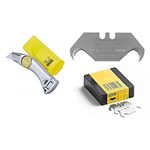
Hook Blade Roofing Knife


